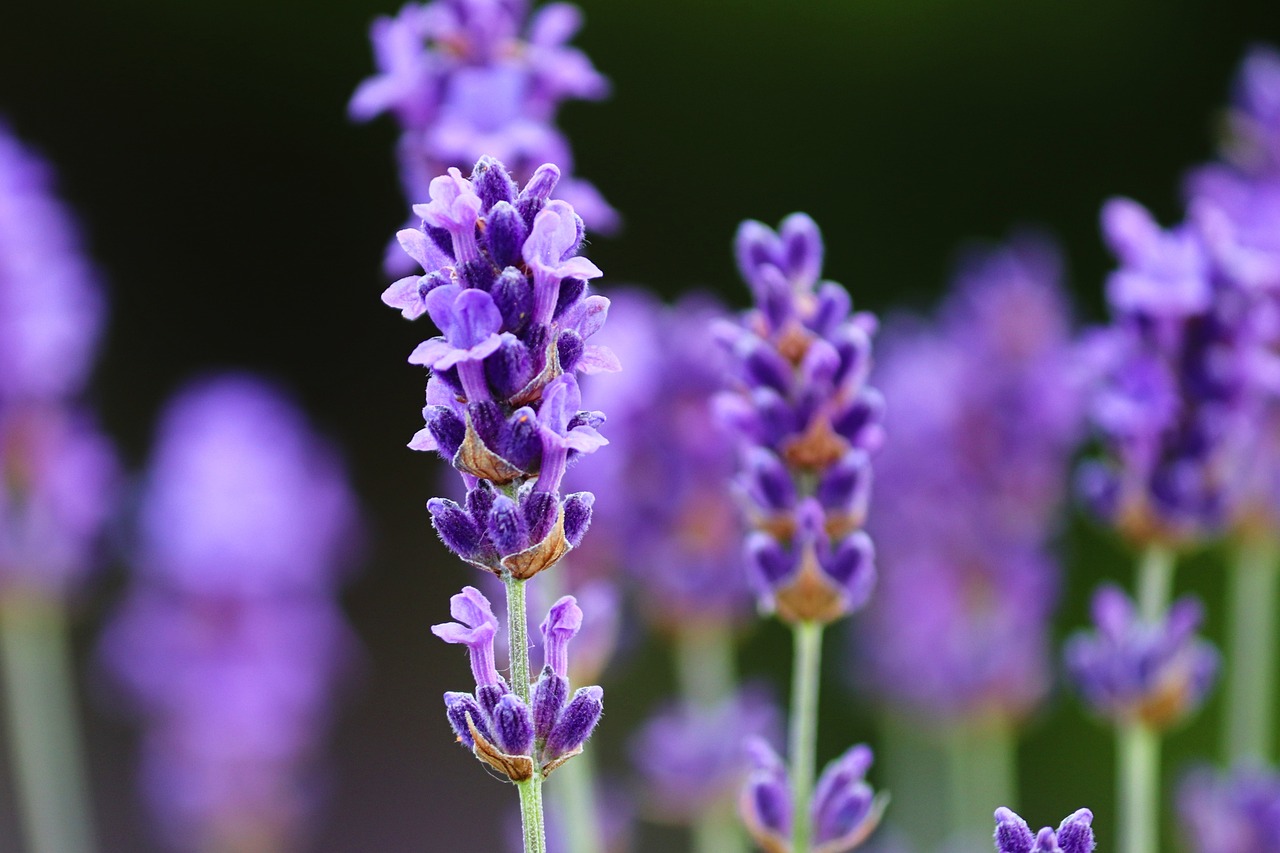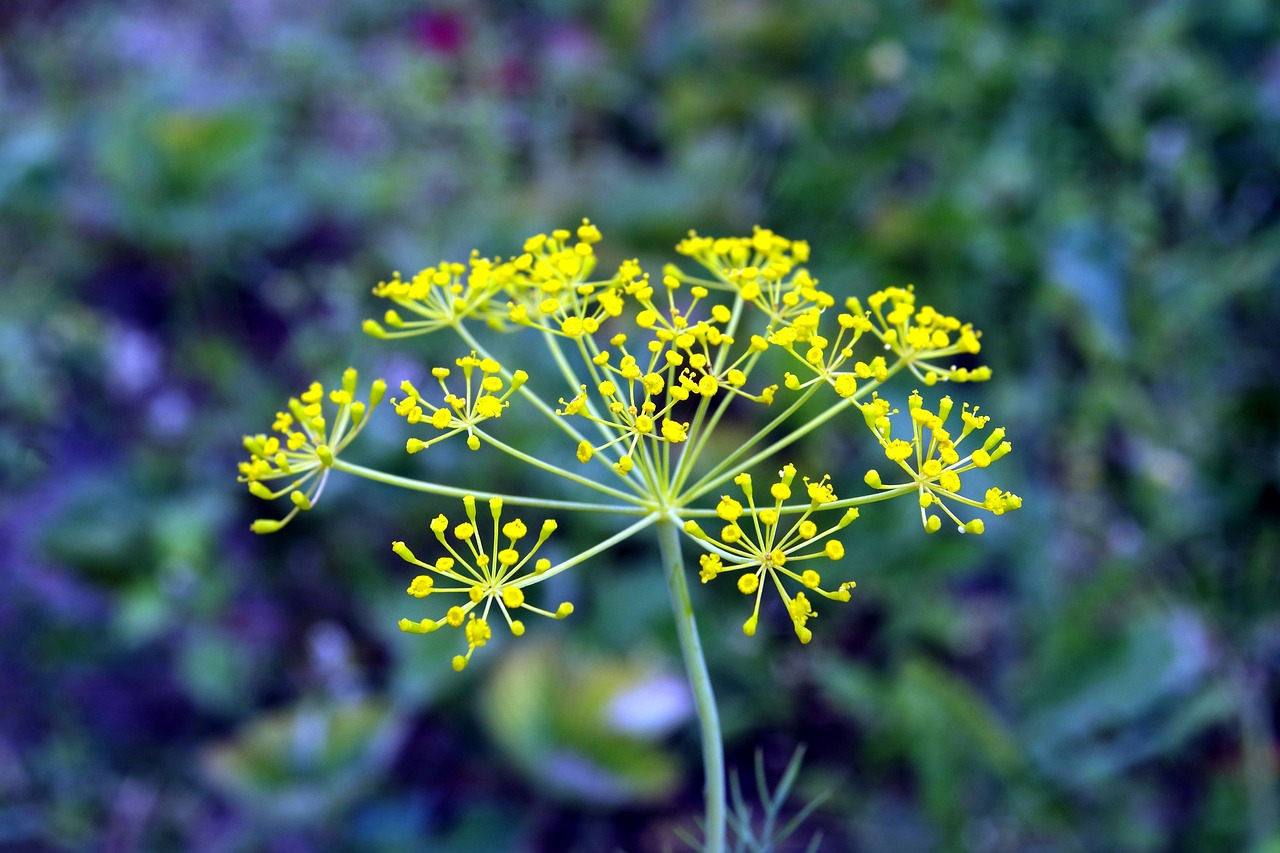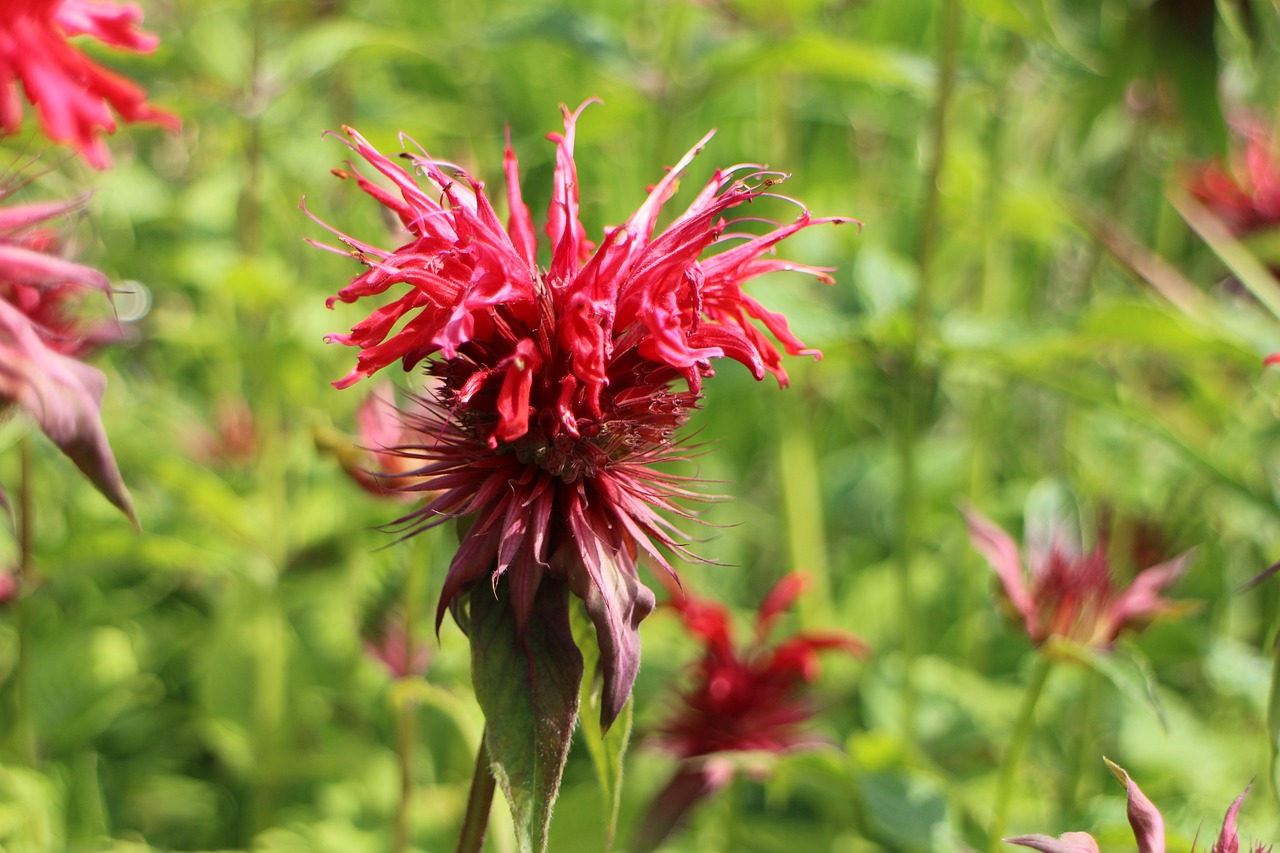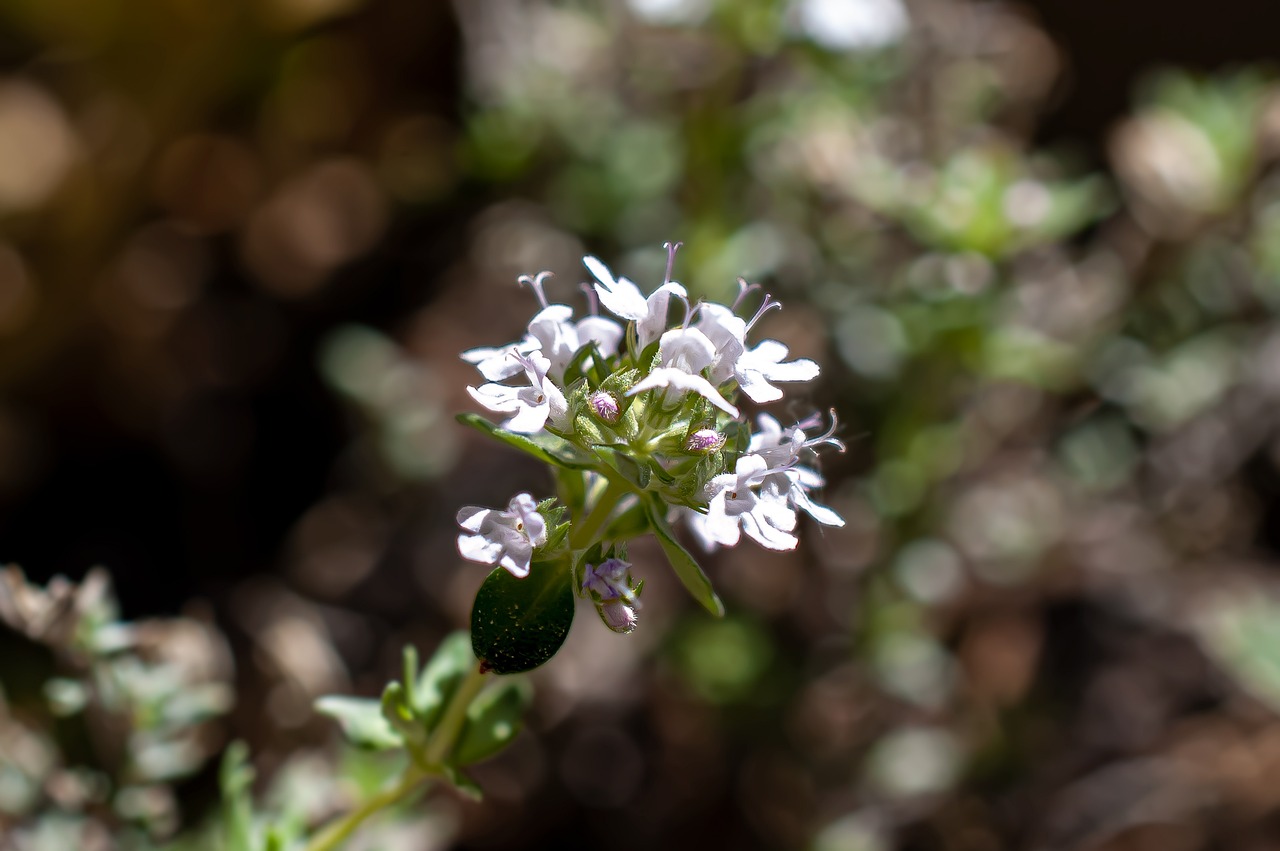Oregano | Fragrant Blossoms Rooted in Mediterranean Life
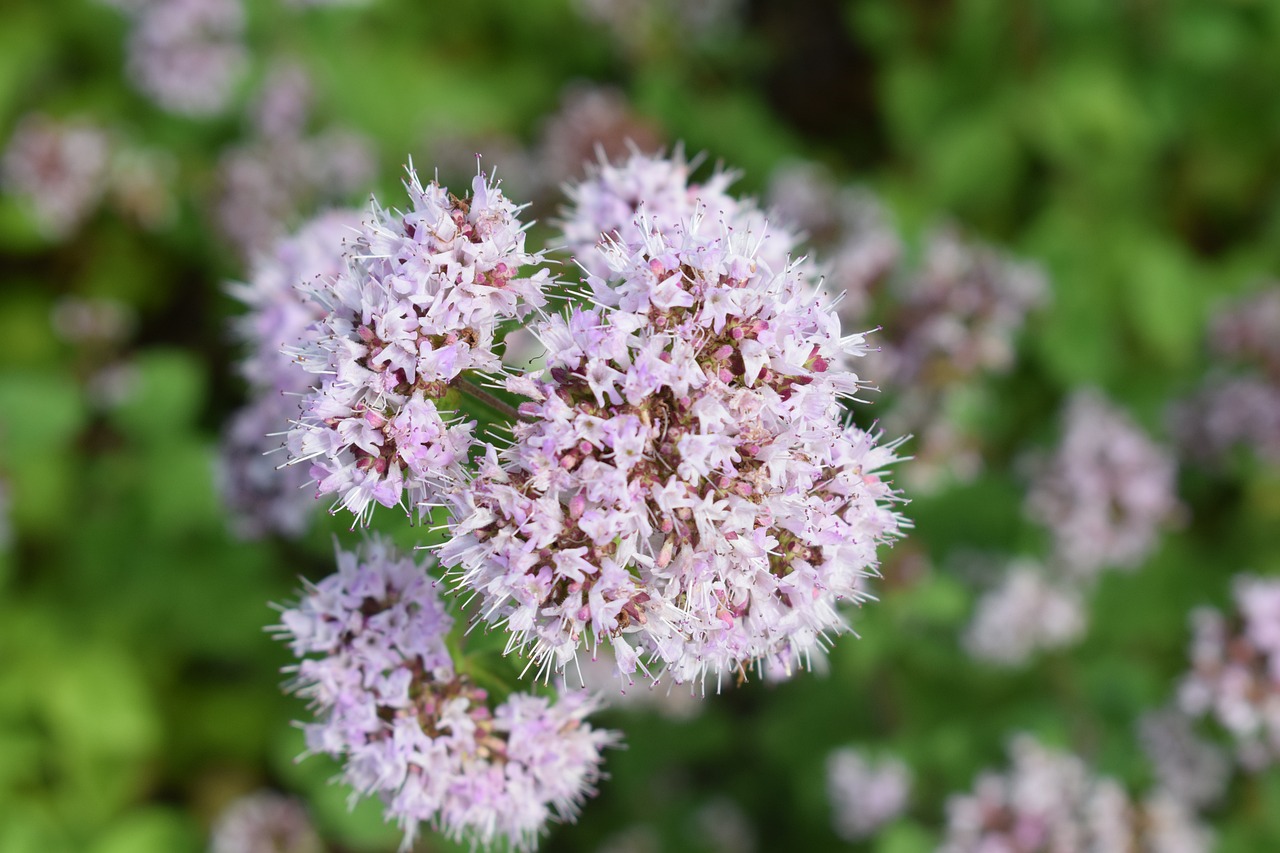
Oregano is a fragrant herb widely cultivated along the Mediterranean coast, valued both in cooking and as a decorative plant in gardens. It is well known as an essential ingredient in Italian cuisine, but its charming flowers are less often recognized as ornamental.
In this article, I will introduce in detail the basic information about oregano, its cultural background, and tips for gardening.
Basic Information
- Scientific name: Origanum vulgare
- Family: Lamiaceae (mint family)
- Origin: Mediterranean coastal regions
- Appearance: Oregano is a perennial herb with small leaves and delicate white or purple flowers. Blooming in summer, the flowers add color to the garden while also attracting pollinators such as bees and butterflies. The plant grows to about 30–60 cm in height and tends to spread easily.
- Flowering season: From early summer to autumn, offering a long blooming period.
Cultural Features Around the World

Oregano has long been cherished as a culinary herb, especially in the Mediterranean region. In Italy and Greece, it is almost always planted in home gardens and kitchen gardens.
In recent years, oregano has also become popular in Europe and the United States as an ornamental plant, enhancing the beauty of gardens.
Its blossoms are now appreciated among gardening enthusiasts as an essential element of “natural gardens.” The harmony of vivid green foliage and tiny flowers gives a natural charm to gardens. Due to its drought tolerance, oregano is also well suited to dry gardens and rock gardens.
Historical Background
Oregano has been known since ancient Greece and Rome. Its name derives from Greek, meaning “joy of the mountain.”
In ancient times, it symbolized happiness and joy. Brides and grooms wore wreaths of oregano flowers at weddings to wish for marital bliss.
The Romans also valued oregano, using its flowers and leaves in various rituals and festivals.
During the Middle Ages in Europe, oregano was believed to ward off evil spirits. People hung it at the entrances of their homes and planted it in gardens to protect family happiness—a belief that has been passed down through generations.
Gardening Advice

Oregano is a hardy and easy-to-grow perennial, making it suitable even for beginners. It thrives in sunny spots and moderately dry conditions, so watering should be kept to a minimum.
Well-drained soil is essential, and care should be taken to avoid excess moisture. The basic rule is to water only after the surface soil has dried, especially during rainy or humid seasons.
Because oregano grows quickly and spreads easily, regular pruning or thinning is recommended to prevent it from overwhelming other plants. Cutting back after flowering encourages new leaves to grow, keeping the plant vigorous for the next season.
For potted oregano, I recommend using well-ventilated containers and promoting drainage with materials such as pumice stones.
Conclusion
Oregano is not only a flavorful herb for cooking but also a delightful plant that enhances gardens with its delicate flowers and hardy nature.
With the right care, it can be enjoyed year after year as a perennial. I encourage you to welcome oregano into your garden and let it bring both fragrance and beauty to your home.

